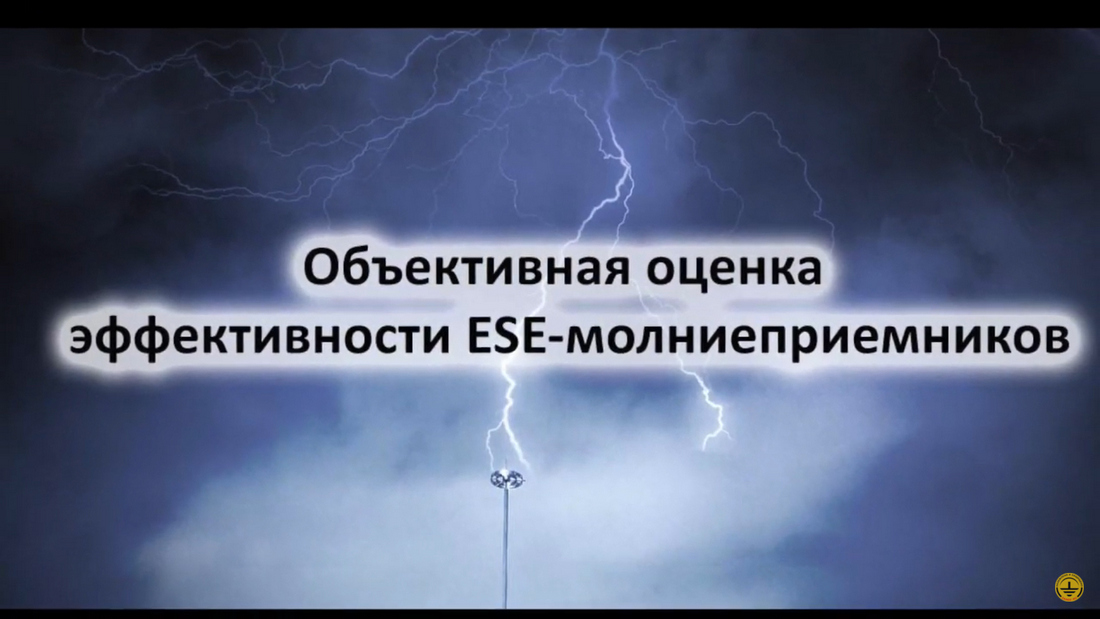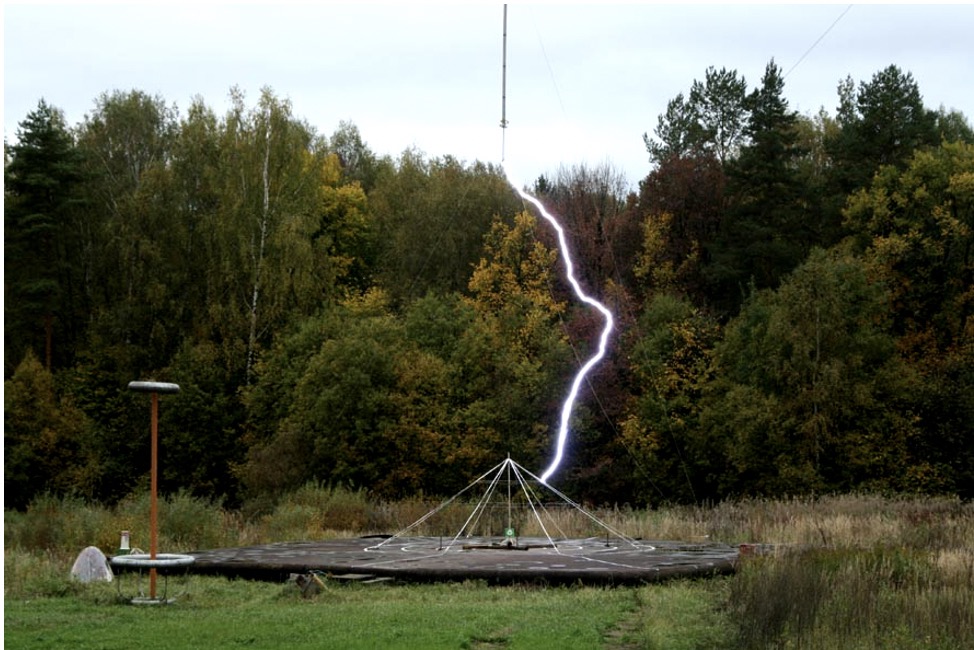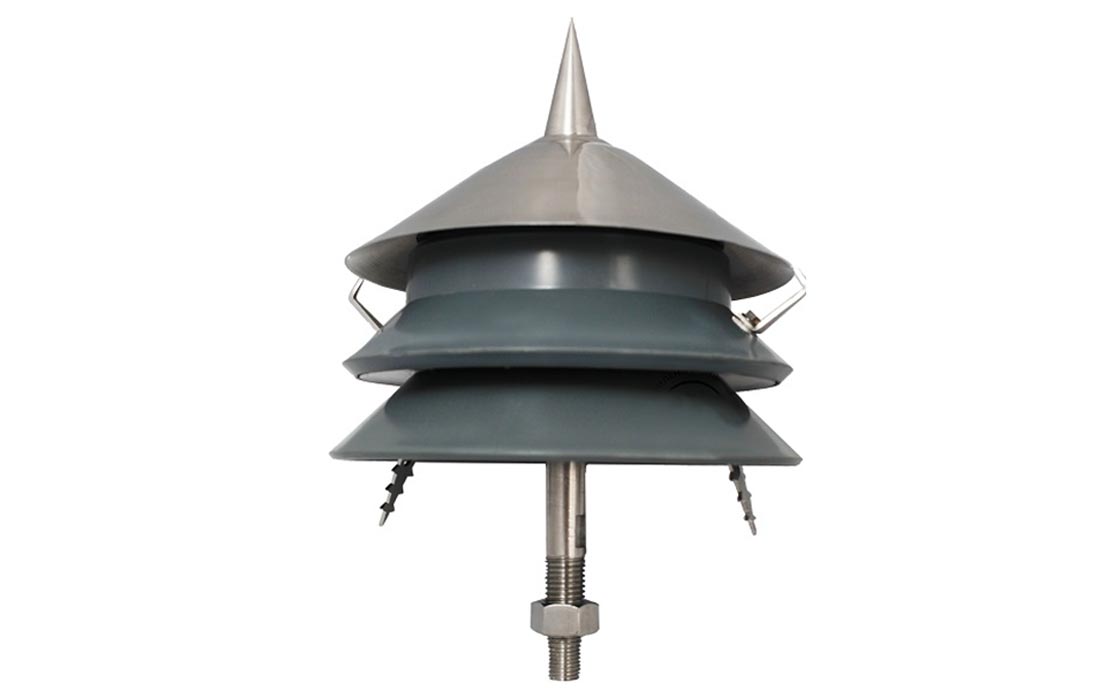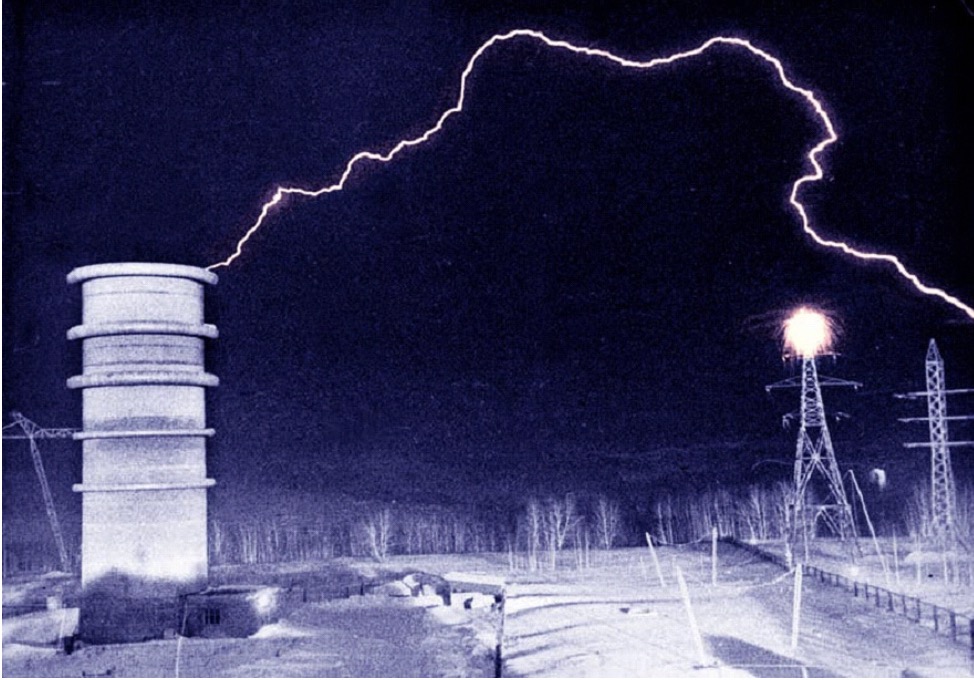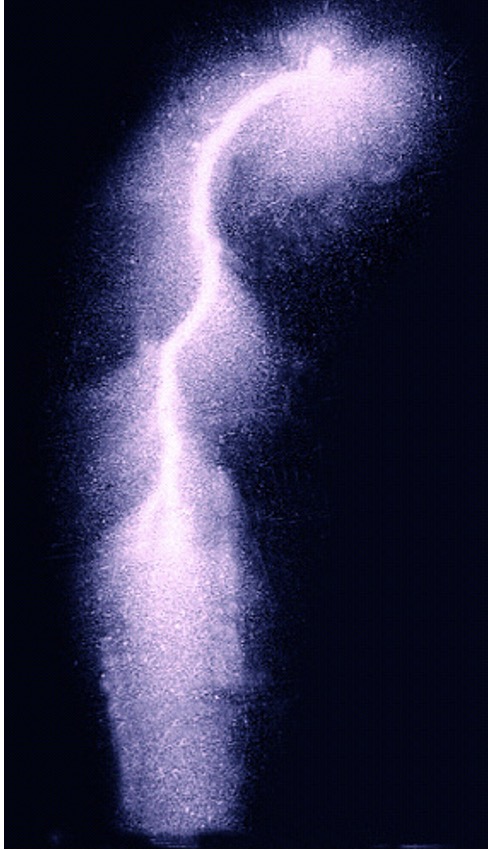
The electrical field at the lightning rod's top having height h and radius r0 increases by h/(2r0) times compared to the electrical field Е0 in the ambient atmosphere. The excitation threshold for the opposite discharge being equal to 30 to 40 kV/cm with the ratio of field strengthening about 1,000 is provided in the environmental field 30 to 40 V/cm. Such a weak field is provided by even low-charge thunderclouds. Therefore, the lightning formation and the process of their orientation near on-ground structures occur in the environment containing well-developed elements of the opposite discharge. The opposite discharge mechanism is pretty well-studied experimentally and described quantitatively in theory.
In a slowly increasing electrical field of the thundercloud, the opposite discharge always starts with excitation of the so-called ultra-crown. Upon its development, the air is ionized only in a very narrow (fractions of a centimeter) layer near the top of the structure, e.g. lightning arrester. With the electrical field growth in the atmosphere, the size of the ionization zone does not virtually increase, and the environmental space is filled with the discharge that drifts with a typical ion velocity. The crown current from electrodes having several dozens meters high is within a microampere range. For high-rise structures, it may reach several milliamperes. Although the bulk crown discharge cloud occupies the space of several dozen meters, it impacts the lightning discharge path only slightly.
The transition of the opposite discharge to the stronger streamer form requires significant current increase. For lightning arresters with the top radius being on the order of about a centimeter, the critical current value is close to 10 mA. The electrical field of the thundercloud cannot do that even at high-rise structures.
Read more details in the article by Prof. E. M. Bazelyan How Does A Lightning Orient and Can We Control This?.
Related Articles:
